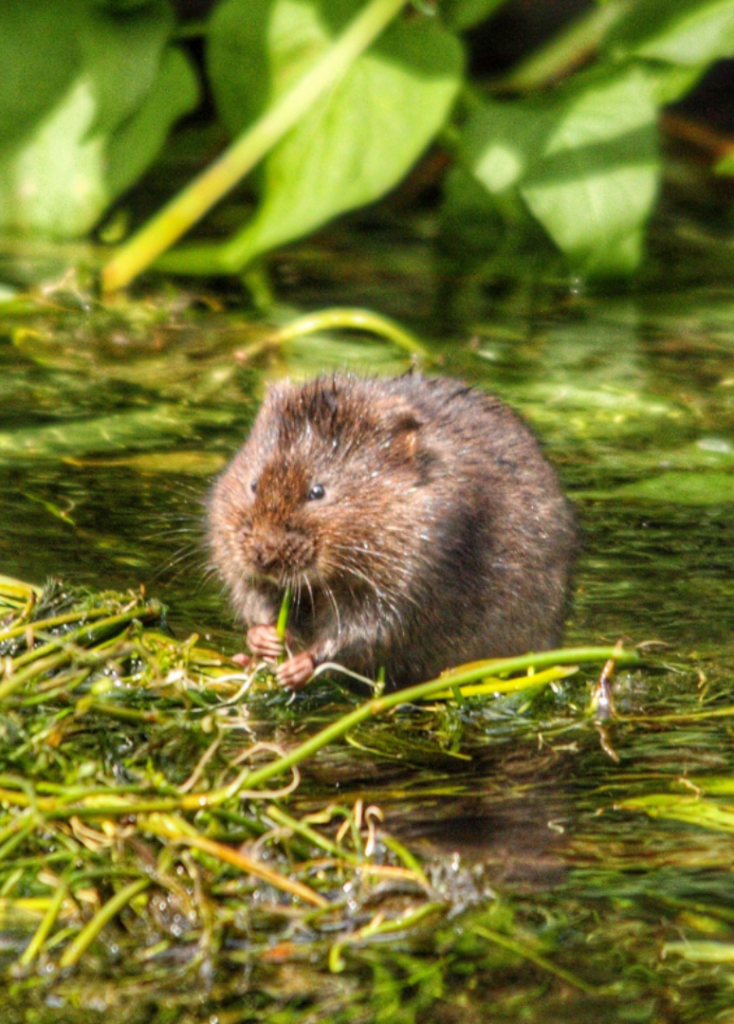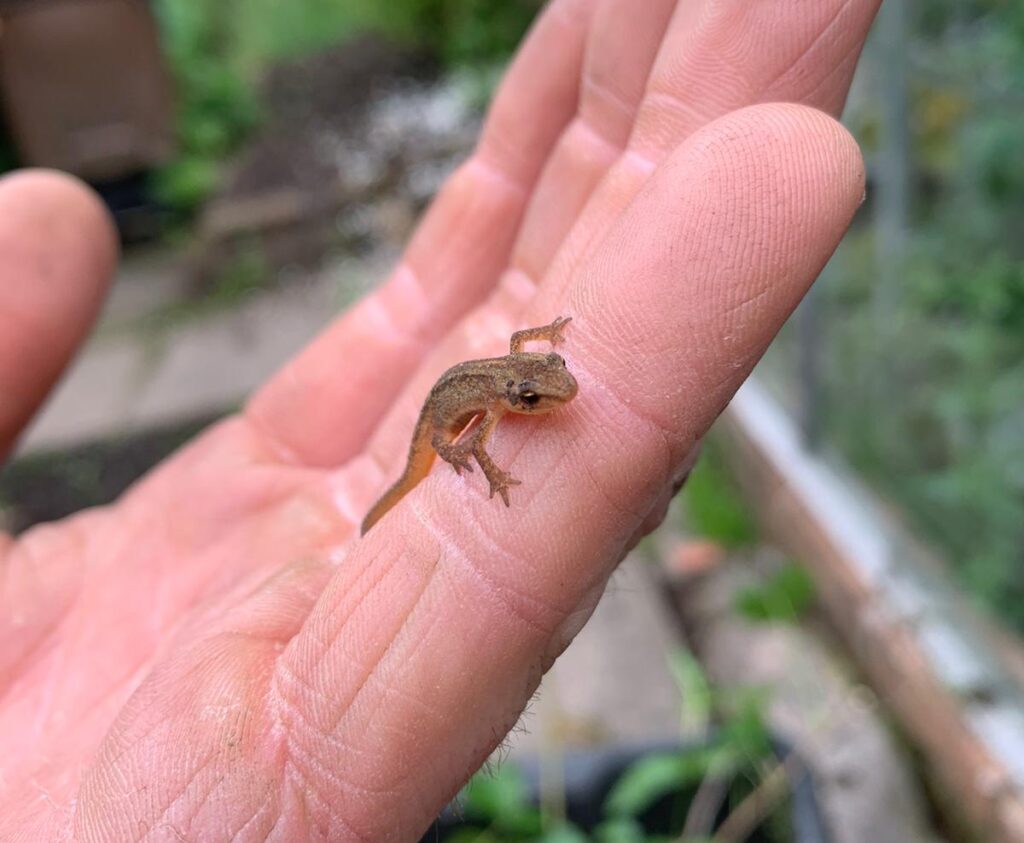How To Encourage Wildlife To Your Garden?
Gardens are valuable spaces, not only for us but for a whole host of wildlife too! Encouraging more wildlife into your garden will help to contribute to the wellbeing of a thriving ecosystem. Birds, butterflies, and bees provide a fascinating sight. However, they also help to improve the production of your garden. Hedgehogs, toads, frogs, etc. act as a great pest control which reduces expenditure for pesticides.
Furthermore, it has been estimated that the UK has lost 97% of its flower-rich grassland since 1930. Therefore, resulting in a reduction of habitats and nesting sites for wildlife! Opening up your garden to wildlife provides additional green space to help protect the species.
Some Ways To Encourage Wildlife

4. Ready-Made Homes
If you’re looking to attract a particular type of species. A ready-made home is a great way to attract them! Whether this be a bee hotel, hedgehog house, butterfly house, or even a general hotel for all things bugs! You can buy these products from shops, but why not have a go at making your own? Creating your own is a great way to recycle the odds and ends you have lying around at home. Items such as bricks, woods, hollow bamboo canes, sticks, leaves, etc. can all be useful resources to create the perfect home!
5. Serve Up An Extra Meal
A really easy way of attracting wildlife into your home is by putting out some nuts and seeds. Placing out some feed will entice common birds, including goldfinch, blue tits, sparrows, blackbirds, robins, etc. Putting out additional food for wildlife can be a massive help to wildlife, especially during the winter periods. You could also try leaving food out for other species. Fruit for foxes, mealworms for badgers, cat food also makes a tasty meal for hedgehogs!
1. Plant Flowers
Flowers are a great way to provide pollen and
nectar to bees, butterflies, and other insects. Ideally, chose flowers that
provide pollen and nectar for as long as possible in a season. Crocus and
Mahonia are excellent choices for spring, alongside Asters, Sedum Spectabile, and Ivy in autumn. Additionally, these autumn flowers are particularly late to bloom – meaning they may provide food into early winter!
2. Plant Other Types of Plants
In addition to flowers, trees, shrubs, climbers, and hedges, etc are a fantastic way to provide food and shelter for wildlife. Larger plants, such as trees, support more wildlife as well as providing food in the form of flowers, fruits and seeds. Moreover, trees provide a strong area for cover and nesting sites for garden animals, insects, and other species such as birds. Smaller trees/shrubs including rowan, crab apple, elder, and blackthorn are good for blossom and berries.
3. Water
The most effective way to add water into your garden is by installing a pond – which will add great wildlife value! You can build a pond at any time, however if you start building in autumn/late winter, it will become established quicker! If you haven’t got a big enough space in your garden, nor do you wish to dig a big hole in it, then additionally you could create a mini pond.
Mini ponds should be created with a watertight container, whether this be a plant pot, dustbin lid, bucket, etc. If the container isn’t watertight then add some pond liner. Then add a layer of gravel and rocks. After adding these, you then want to fill your pond with rainwater – due to tap water containing chemicals! Lastly, start planting, you will only need two or three plants.

How We Can Help
Why not take a look at how our sister company can also help! The Oak Pot Company specialises in bespoke oak designs. All our products are handmade using high-quality hardwood. Specialising in Garden Furniture, Garden Accessories and Garden Structures. Some of the products include, bird houses/tables, wildlife picnic benches, etc.
